News
Julie Bargmann - transforming derelict industrial sites into happening public spaces
Posted 15 05 2019
in News
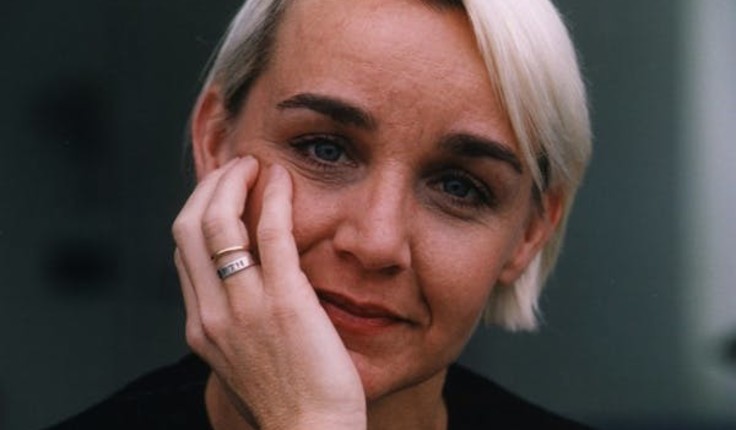
2019 NZILA Firth Conference Speaker
The countdown to the 2019 NZILA Firth Conference is underway as early bird tickets go on sale today. (May 15)
This year’s event will be held in Ōtautahi Christchurch 6-8 November and this year’s theme is DISRUPTION. This will be discussed in two parts - the disruption of nature and the disruption of people.
One of this year’s international speakers is Julie Bargmann - the founder and principal at D.I.R.T (Dump It Right There) studio in Charlottesville, Virginia.
She founded the studio in 1992 to execute projects with the passion, rigour, vision, and unflinching honesty that are her hallmarks.
Julie’s work hews to themes of economy of means, urban succession, community engagement, respect for sites’ narratives, and a love, in particular, for the industrial and urban landscape. Her background in sculpture guides the use of simple form that emerges from sites’ histories, often times with unearthed “debris,” laying the groundwork for that landscape’s next evolution. This adventurous design approach informs her role as Professor of Landscape Architecture at the University of Virginia, where she leads venturesome investigations with students into derelict terrain, imagining renewed sites of cultural and ecological production.
LAA caught up with Julie ahead of her trip to New Zealand which is proudly sponsored by Streetscape.
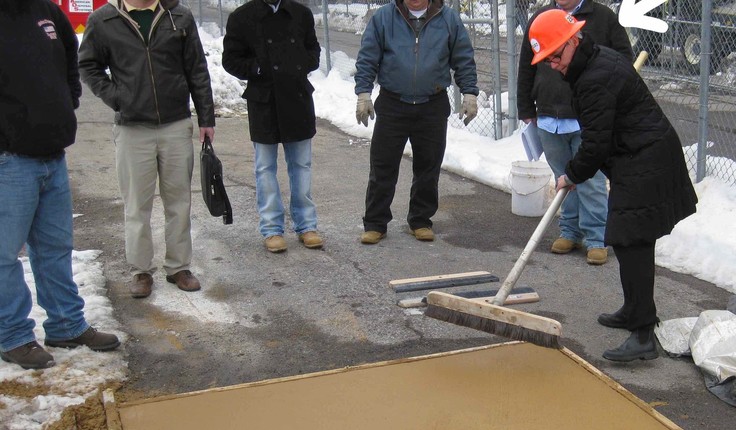
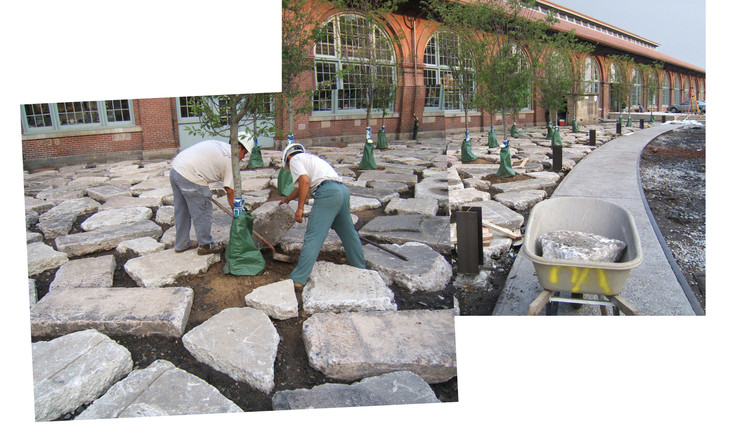
LAA: You’re internationally recognised as an innovative designer. What is it about your approach to your work that sets you apart?
JB: Three decades ago I was one of a handful of landscape architects in the US addressing polluted industrial landscapes, trying to infiltrate a territory predominated by engineers. Still my colleagues were primarily concerned with reclamation policy and technology while I was advocating for the role of design. Infuriated by limitations and inspired by possibilities, I began and continue a campaign for not just remediating contaminated landscapes but also regenerating the social and cultural value of derelict sites in many, many backyards.
LAA: How does the understanding of the history of a site help when designing its future?
JB: Sites contain multiple histories – natural and cultural – which represent deeps wells that can be tapped for design responses. For me, I cannot begin work without knowing the evolution of a site, looking for as much evidence as possible to use as a starting point for its future. I call it ‘site forensics’ since the design process becomes essentially an act of finding. Tracing the evolution of the landscape, along with social and ecological factors of its context, I believe is the only way to project forward. It is not uncommon for our discipline to use site histories to inform design figuratively, but I experiment with how to present evidence literally, not as a didactic tool but as an authentic layer, waiting for the next one.
LAA: What’s the key message you’ll be delivering at the conference?
JB: I will share how I foreground science together with site histories to inform regenerative design projects. Pollution disrupts human and environmental health that continue to be met with simplistic engineered solutions. My plea begs designers to imagine futures with the biologically-based technologies coupled with the social history and values of impacted communities. I believe in monopolising on the boom and bust of volatile cites, on the cycles of industrial and fallow landscapes. The socioecological health of vulnerable communities depends on a dynamic, dialectic way of thinking that I will argue, benefits from urban succession strategies to continually revitalise a healthy, cyclic nature of cities.
Share
17 Jan
Call for interest: updating the Visual Simulation Guidelines
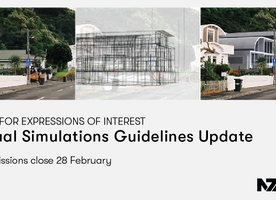
Expressions of interest welcome
Ngā mihi o te tau hou | Happy new year! We have an exciting opportunity for members to kick off …
19 Dec
Meri Kirihimete

The team is taking a break for the festive season! We'll all be out of the office from 20 December, …
19 Dec
President's Update December 2024
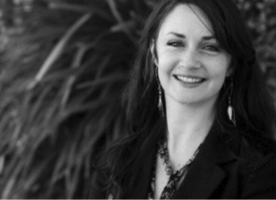
Kia ora koutou, Here we are at the end of 2024. It’s been a busy and challenging year in many …
Events calendar
Full 2025 calendar